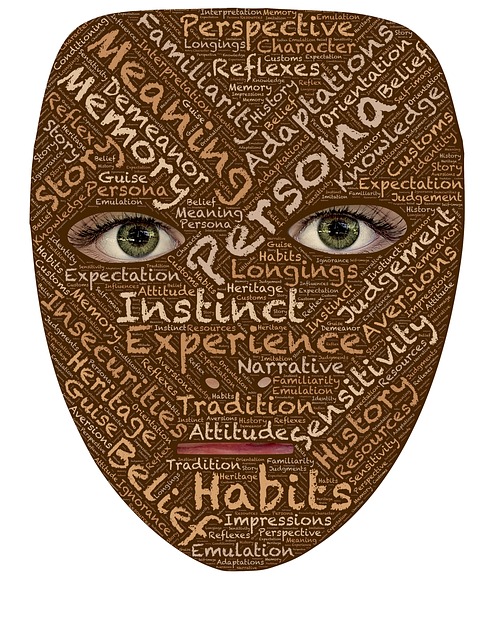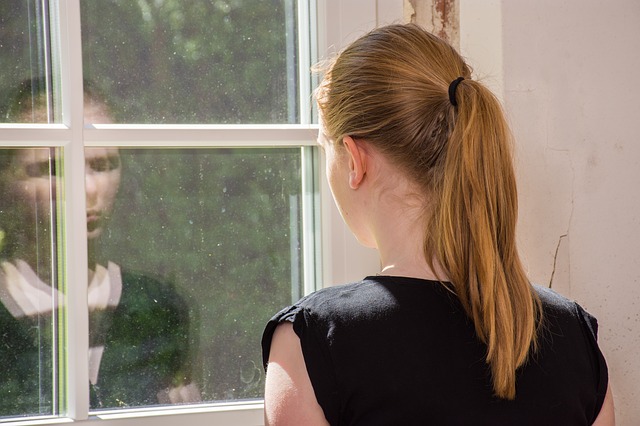Rick Hanson recently produced a Being Well Podcast focused on Fear in the Time of the Coronavirus. He provided strategies to deal with fear (both rational and irrational) and to convert fear to resilience by drawing on our inner resources – determination, true grit, courage and creativity. Rick is the author of Resilient: Find your inner Strength and provides numerous resources on his website to help us develop resilience, wisdom, happiness and mindful relationships.
His emphasis is on building personal agency. With the Coronavirus impacting every facet of our lives and reducing our sense of control over our home and work environment, we are experiencing a loss of our “sense of agency”. We often try to redress this lack of a sense of agency by adopting ineffective ways to regain control over our environments, e.g. panic buying of water, toilet paper and sanitisers. We can feel helpless and, in consequence, resort to ways of coping that result in misplaced and unproductive effort.
Anxiety can operate on a number of dimensions – e.g. unhelpful or useful anxiety. At the extreme, we can be too anxious (disabled by our fear) which is unhelpful and harmful to our mental health, overall wellness and our relationships. Useful anxiety, the mind’s warning system, can create a sense of urgency/intense focus and stimulate constructive action and a strong sense of agency which, in turn, cultivates resilience. Alternatively, we can be consumed by our sense of helplessness and end up “marinating in it” – to the point where we experience depression and the associated inertia.
Turning fear into resilience
Rick suggest three processes you can adopt to move from helplessness to a sense of agency and personal resilience. The basic steps involve:
- Being fully with your current experience – facing your difficult thoughts and emotions and the reality of the challenges both present and ahead. This means naming your feelings (such as anxiety, pain, fear, frustration) and being with them, not denying them out of a need to appear totally in control. It means not giving into your “shoulds” that come with your absolutes. It is human and normal to be anxious and fearful when confronted with the reality of the Coronavirus. The choice lies in deciding whether to maintain a sense of helplessness or to move towards a sense of agency and control.
- Release thoughts and emotions that are harmful – This includes letting go of obsessive thinking and the endless cycle of “what if” (catastrophising). It means to treat our emotions as data informing us about a threat to our wellbeing. We are more than our thoughts and emotions. It means avoiding absorption with the latest media posts and news, when we cannot do anything about the reported information, or the situations involved. The reporting is typically sensationalist, alarmist and distorted and is designed to induce fear and dependence. Don’t sweat the news for your own personal welfare and mental health.
- Shift your attention to what would be beneficial for you and others you interact with or service – this means focusing on what you can do in the situation, given all the constraints that you are experiencing. It means moving from inertness to being creative in the way you spend your time – finding things to focus on and do that are helpful to yourself, your family and those you interact with. This could involve rethinking your workday, using online communication technology (such as Zoom) or reengineering your business (adopting take-away options, providing delivery services, or switching manufacturing to a much-needed resource in the current crisis, e.g. rum and gin distilleries producing bottles of sanitisers). The oft-spoken saying – “necessity is the mother of invention” – is particularly true at this time. The opportunity exists to use this time of social isolation, social distancing and business lockdown to develop new horizons and new skills. Adopting activities that promote a positive mindset can be helpful here.
Tools to overcome unhelpful anxiety
Rick offered a range of suggestions that can enable you to overcome harmful anxiety and move to proactive action to do things that are beneficial for yourself and others.
- Use your breathing to calm your body – Rick suggests taking three breaths (exhalation longer than inhalation, giving a resting state of the body). There are multiple ways you can use your breath to calm yourself and restore your equanimity, e.g. the somatic awareness approach recommended by Jill Satterfield or “breathing in time” suggested by Richard Wolf.
- Tune into your inner strength – revisit your determination, courage, and resilience to strengthen your inner reserves. It can be helpful here to visualise success in your adaptive endeavours and/or reflect on past experiences where you have drawn on these personal strengths to overcome adversity or seemingly impossible challenges.
- Social support – appreciating the care and support that others show towards you, including your partner, family, friends and colleagues. It also extends to caring for others and engaging others in the process of caring and providing social support to the less fortunate.
- Plan and act – appraise the situation and plan some action, however small, that will move you forward. Rick reinforces the view that “action forces out anxiety”. Positive action can change our mental state.
- When you feel okay, internalize the feeling – we tend to take it for granted that we will feel okay. However, in times of stress and uncertainty, it is important to notice when you are feeling okay and internalise this feeling of coping well to strengthen it. This positive self-feedback builds self-efficacy which means that you are building up your belief in your capacity to manage stressful situations.
Reflection
Fear can be disabling if we let it grow unabated. It is natural to feel anxiety and fear when things are so uncertain, and everything associated with our normal life seems out of our control. Fear, however, can be harmful unless we look at it fully in the face and understand what it is telling us about the situation we find ourselves in. There are ways to calm our mind, emotions and our body if we choose. There are also constructive things that we can do to manage our situation and our emotional response. As we grow in mindfulness and self-awareness, we can turn fear into resilience by being able to regulate our response and draw on our inner strength to meet the challenges with determination, courage and creativity.
________________________________________
Image by JamesDeMers from Pixabay
By Ron Passfield – Copyright (Creative Commons license, Attribution–Non Commercial–No Derivatives)
Disclosure: If you purchase a product through this site, I may earn a commission which will help to pay for the site, the associated Meetup group and the resources to support the blog.









